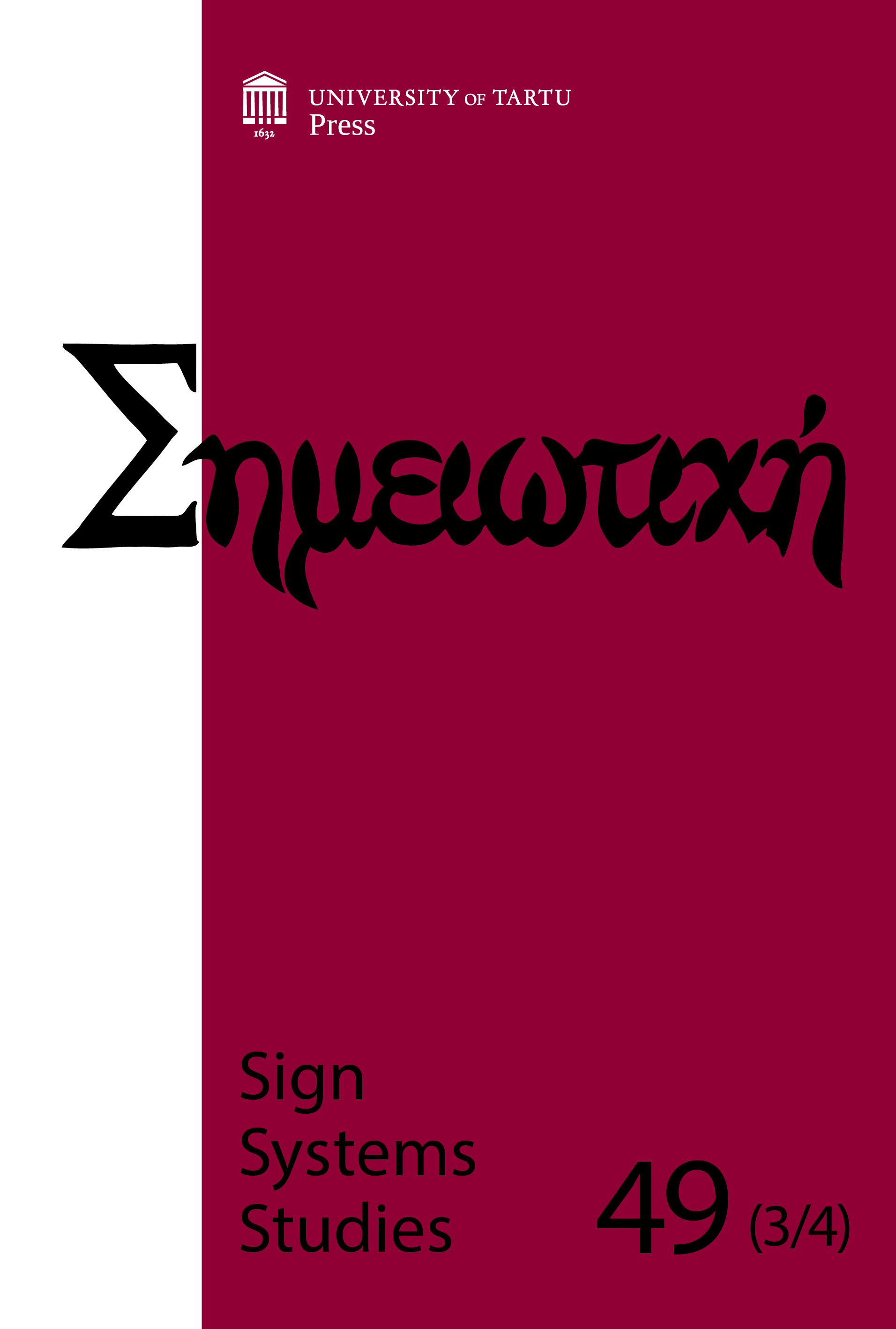The face of health in the West and the East: A semio-cultural analysis
DOI:
https://doi.org/10.12697/SSS.2021.49.3-4.03Keywords:
face, health, collective imaginary, medicine, West vs. East, semioticsAbstract
Magazines, leaflets, weblogs, and a variety of other media incessantly spread messages advising us on how to achieve or maintain our health or well-being. In such messages, the iconic representation of the face is predominant, and reveals an interesting phenomenon: the “face of health” seems to be unattainable as such, and is generally represented in a differential way, that is to say, by making reference to its opposite – the “face of illness”, or at least of malaise. In fact, the face is crucial in the medical domain: since ancient times, face observation has played an essential role in diagnostic practices, both in Western medicine (which resorts to the concept of facies, intended as the distinctive facial expression or appearance associated with a specific medical condition, for the description of pathological states) and Eastern preventive and healing techniques (within which the so-called Mian Xiang, or ‘face reading’, is fundamental, and connects the medical sphere with other aspects such as personality, talents, and dispositions). Drawing on the semiotic analysis of relevant case studies extending from classical iconography to present-day digital mediascapes, this paper investigates the representation of the face of health (and illness) across time and space, specifically focusing on the analogies and differences between the Western and the Eastern semiosphere. To this purpose, it relies on both literature concerning the representation and understanding of the face and studies on medical sign systems and discourses.


